Strategy testing is a vital process that allows traders to evaluate the effectiveness of their Forex approaches using historical data. By simulating trades based on past market movements, traders can identify strengths and weaknesses in their methods without risking real capital. This method helps build confidence and improve decision-making before applying strategies in live markets.
In Forex trading, this type of strategy evaluation provides a data-driven way to validate trading plans and refine parameters. It helps traders understand how approaches might have performed under different market conditions, offering valuable insights into potential profitability and risk. Proper testing can reduce guesswork and make your trading more systematic and objective.
Hello! My name is Arjun Patel, and I have been involved in Forex for over eight years. Along with my team, we’ve used historical simulation extensively to refine our strategies and adapt to changing market dynamics. We want to share our practical experiences to guide Forex traders, especially those in Thailand, on how to use these methods effectively to enhance their success.
This comprehensive guide will explain the importance of backtesting Forex, detail various methods and tools, and discuss how to analyze and optimize your approaches based on simulated results. Understanding these concepts will help you make informed decisions and improve your Forex market outcomes.
The Importance of Backtesting for Traders
It is essential because it allows Forex traders to evaluate the viability of their strategies using historical data without risking real money. It provides objective feedback on how a trading system might perform, helping to identify potential flaws and areas for improvement before entering live markets.
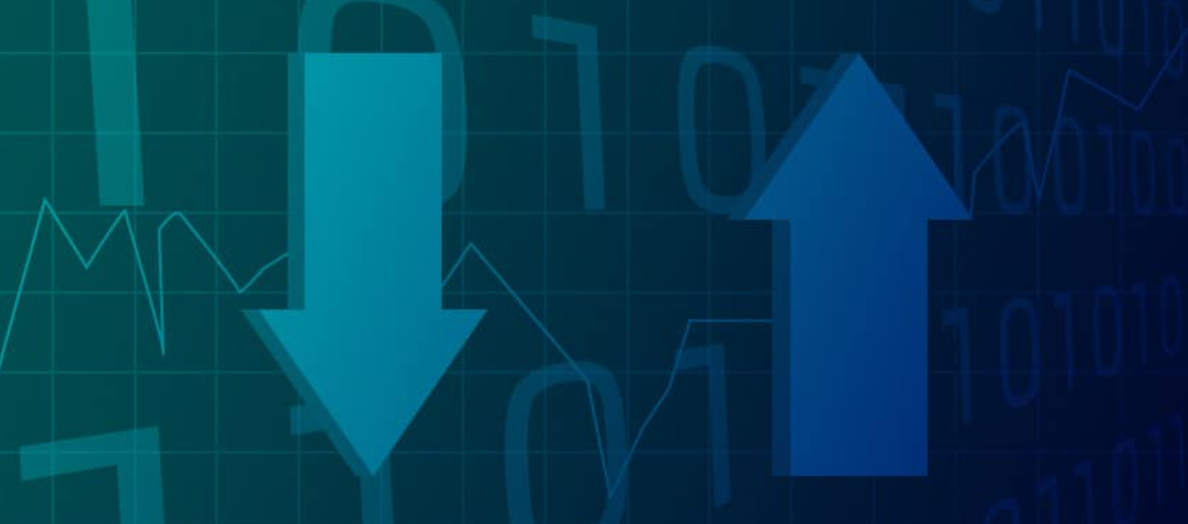
How It Can Improve Your Strategy
By analyzing past market data, backtesting Forex helps traders understand the strengths and weaknesses of their strategies under various conditions. This process enables adjustments to optimize performance, manage risk more effectively, and build confidence in the approach before committing real funds.
Preparing for Forex Backtesting
Successful backtesting Forex starts with gathering accurate and comprehensive historical data. This includes price movements, volume, and relevant market events over the desired timeframe. Forex traders should define clear rules and parameters for their strategy to ensure consistent and unbiased testing. Setting realistic expectations and understanding the limitations of historical data is also crucial.
Methods of Backtesting Forex Strategies
There are different methods traders use to evaluate their Forex strategies, each with advantages and drawbacks. Manual testing offers deep insight and a better feel for market behavior but can be time-consuming and prone to human error. Automated testing is faster and handles large datasets efficiently, though it requires accurate coding and quality data to avoid misleading results. Choosing the right method depends on your experience level, resources, and the complexity of your strategy.
By using these methods, Forex brokers can help their clients improve their Forex trading strategies through Forex demo accounts, while understanding the nuances of trade Forex strategies and implementing the best Forex broker for each trader.
Manual Backtesting Techniques
It means reviewing past charts and simulating trades by hand. It builds deep strategy understanding and market intuition but requires patience and discipline for accuracy.
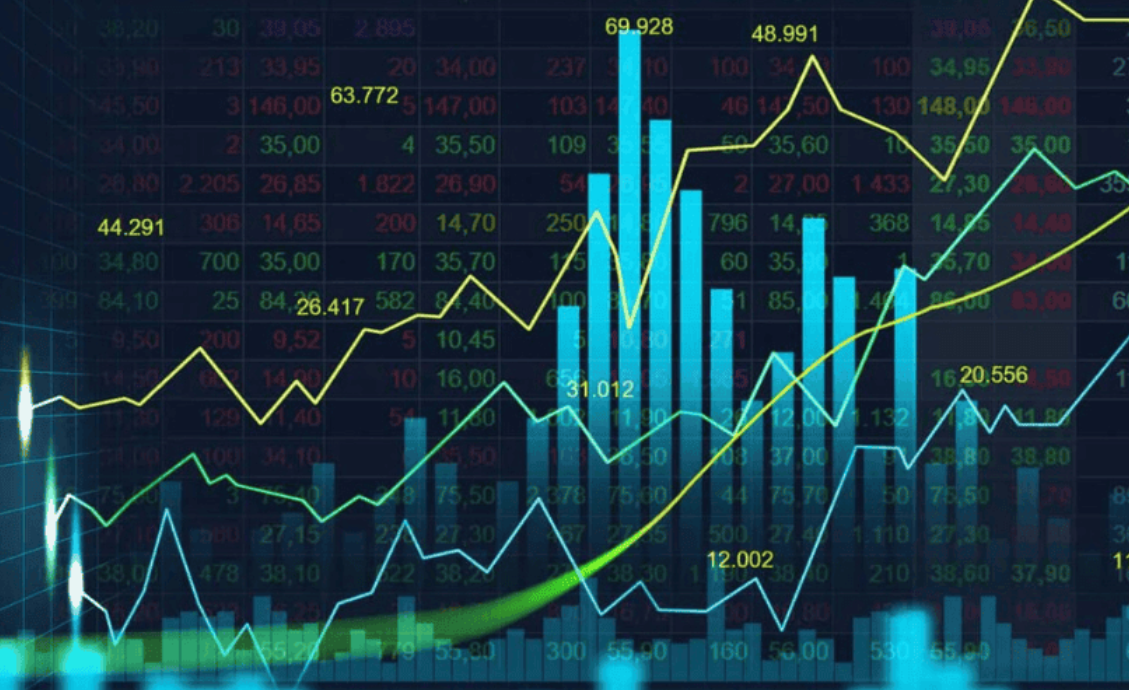
Automated Backtesting Using Software
Automated backtesting uses specialized software that quickly runs your strategy against large datasets. This method is faster and can test multiple scenarios simultaneously, providing detailed performance reports. However, it requires accurate programming and quality data to yield reliable results. Mistakes in coding or poor data quality can lead to misleading outcomes, so it’s essential to validate the inputs and perform thorough checks before trusting the results. Additionally, automated testing allows for optimization but should be balanced to avoid overfitting to past data.
Tools and Platforms for Forex market Backtesting
Many trading platforms offer integrated tools that help Forex market traders simulate their strategies with historical data. Popular platforms like MetaTrader 4 and MetaTrader 5 provide built-in backtesting features, including visual mode to watch trades unfold on historical charts. Other specialized software such as TradingView and NinjaTrader offer advanced analysis capabilities. Selecting a platform with reliable data and flexible testing options is vital for accurate backtesting.
Analyzing Backtest Results
Once backtesting is complete, analyzing the results is critical. Key metrics to review include the total profit or loss, win rate, maximum drawdown, and risk-reward ratio. Forex market traders should look for consistent performance across different Forex market conditions rather than isolated successes. Identifying periods of underperformance helps refine strategies and avoid future pitfalls.
Optimizing Forex market Strategies Based on Backtesting
Optimization involves adjusting your strategy parameters to improve performance based on backtest data. This could mean tweaking entry and exit points, stop-loss levels, or position sizes. However, over-optimization, also called curve-fitting, where a strategy is too closely tailored to past data, should be avoided as it may not perform well in live markets. The goal is to find a balance that enhances robustness while maintaining adaptability.
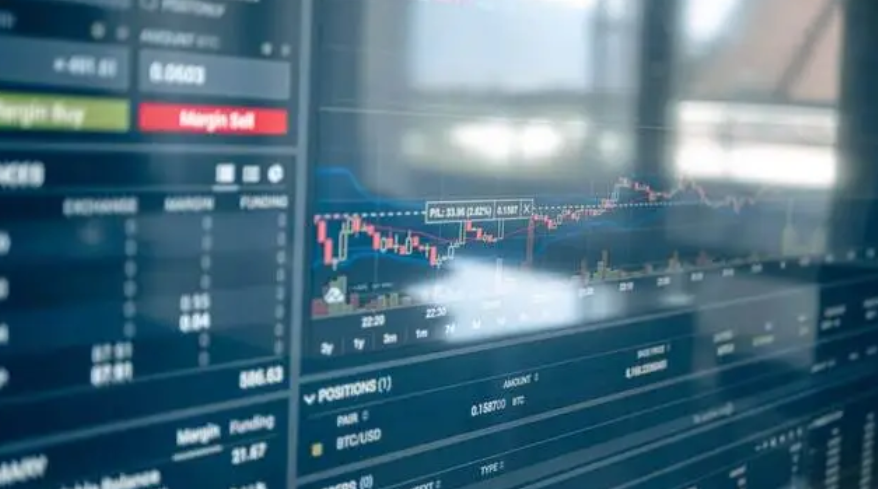
Limitations of Backtesting and How to Overcome Them
While backtesting is a powerful tool, it has limitations that traders must recognize. Historical data may not perfectly reflect future market conditions, and strategies that performed well in the past might fail under new circumstances. Additionally, backtests can suffer from data inaccuracies, gaps, or biases that skew results.
To overcome these challenges, combine backtesting with forward testing, where you apply your strategy in real-time on a demo account. This helps verify if your approach works in current market conditions. Regularly updating your strategy and avoiding overfitting also improves resilience and long-term success.
FAQ
Backtesting is a valuable step in developing trading strategies, but traders often have questions about its effectiveness and application. This FAQ section addresses common concerns to help clarify backtesting’s role in binary options trading.
How accurate is backtesting for predicting future performance?
Backtesting provides historical insights but cannot guarantee future results due to market unpredictability. It’s best used as one part of a comprehensive strategy development process.
Can I backtest Forex strategies on a demo account?
Demo accounts simulate live market conditions and are ideal for forward testing strategies after backtesting. However, demo environments don’t replace the insights gained from historical data analysis.
What historical data timeframe is best for backtesting?
The ideal timeframe depends on your trading style—scalpers might use minute-level data, while long-term traders prefer daily or weekly data. Using extensive historical periods improves reliability.
Read also about:

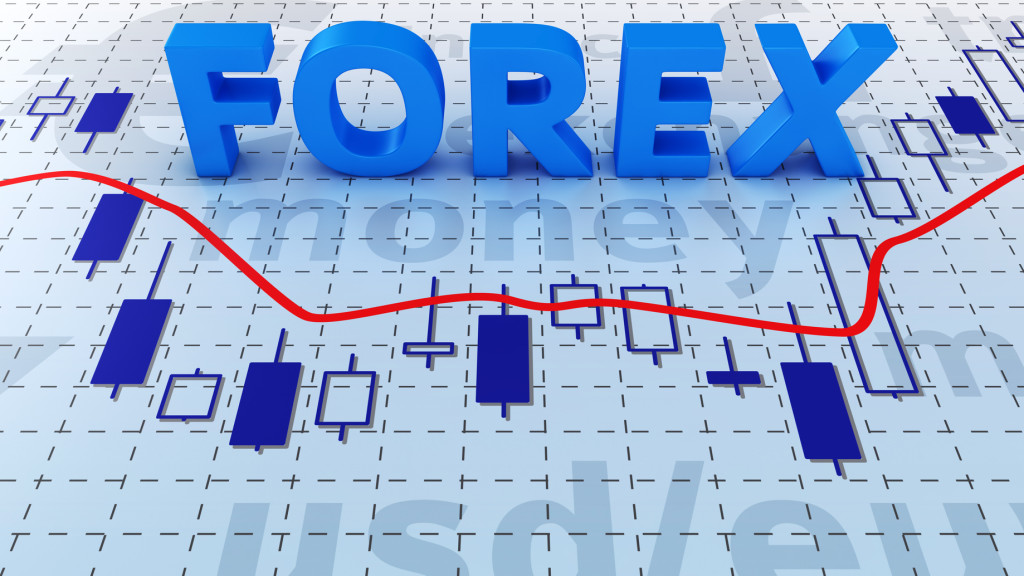









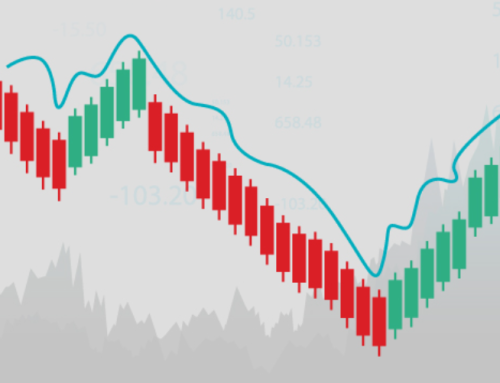
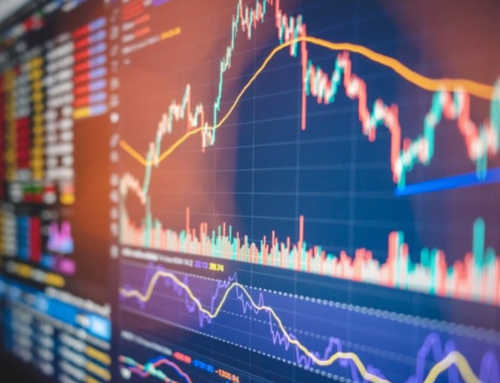
Leave A Comment